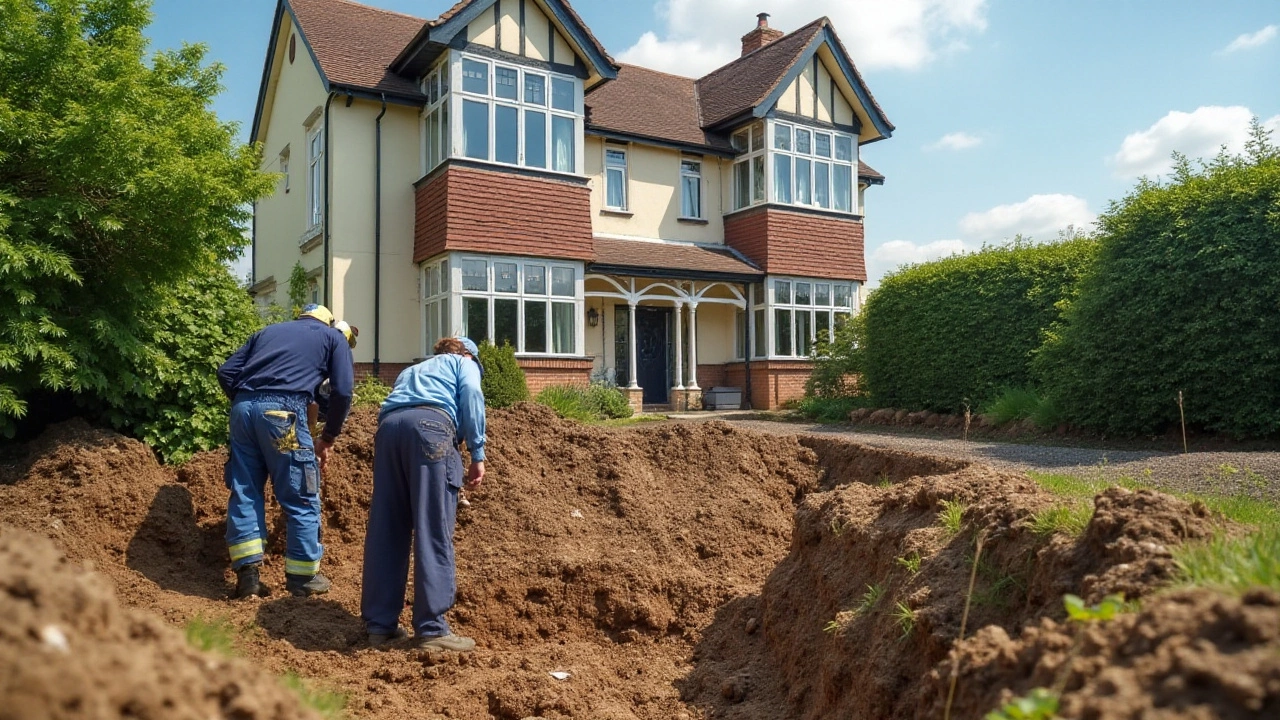Home Structure Basics: What Every Homeowner Should Know
Keeping a house solid isn’t rocket science, but you need to watch a few key parts. The foundation, the roof, and the walls are the three pillars that stop your home from wobbling or leaking. Below you’ll find straight‑forward tips you can use right now to spot problems early and act before they cost a fortune.
Understanding Foundations
First up, the foundation. It’s the slab or footings that hold up everything else. Look for cracks that are wider than a hairline, doors that stick, or floors that feel uneven. Those are red flags that the soil might be shifting or water is getting in. If you spot a crack, rinse it with water, dry it, and apply a concrete sealant. For anything bigger than a few inches, call a professional – trying to DIY a big fix can make things worse.
Another common issue is settlement after many years. Houses built over 20 years can settle slowly, especially if the ground was never compacted properly. Adding proper drainage around the perimeter helps a lot. Make sure gutters direct water at least 6 feet away from the walls, and consider installing French drains if the soil stays soggy.
Keeping Your Roof Strong
The roof is your house’s first line of defense against weather. Inspect it twice a year – after winter and before summer. Look for missing shingles, curled edges, or rust on metal parts. Small problems can be fixed with a patch kit, but anything widespread needs a pro. When you get quotes, ask for a breakdown per square foot so you can compare prices fairly.
If you’re budgeting, think about the material’s lifespan. Asphalt shingles last about 20 years, while metal roofs can go 40‑50 years. Switching to a longer‑life material might cost more up‑front but saves you money in the long run. Also, ask about ventilation; a well‑ventilated attic reduces heat buildup, which protects the roof and cuts energy bills.
Beyond the roof and foundation, keep an eye on the walls. Cracked plaster, damp spots, or mold can signal water intrusion. Fix leaks immediately, use a dehumidifier in basements, and make sure exterior paint is fresh to keep moisture out.
Finally, regular maintenance is the cheapest insurance policy. Set calendar reminders for seasonal checks, keep gutters clean, and note any new cracks or sagging areas. When you catch an issue early, the fix is usually cheap and quick.
By staying on top of these three areas – foundation, roof, and walls – you’ll keep your home safe, comfortable, and valuable. Need help with a specific problem? Talk to a local contractor who knows the soil and weather patterns in your area, and you’ll get a solution that’s right for your house.
Understanding the Impact of Foundation Repair on Your Home Structure

Foundation repair is essential to maintaining the structural integrity of your home, but sometimes the process itself can lead to additional complications. Factors like improper techniques, low-quality materials, or unforeseen soil conditions might cause harm instead of resolving the issues. By understanding common pitfalls and working closely with experts, homeowners can mitigate risks associated with foundation repair. Learn about potential damages, the importance of choosing the right contractor, and how to avoid common problems during repair projects.
read more



